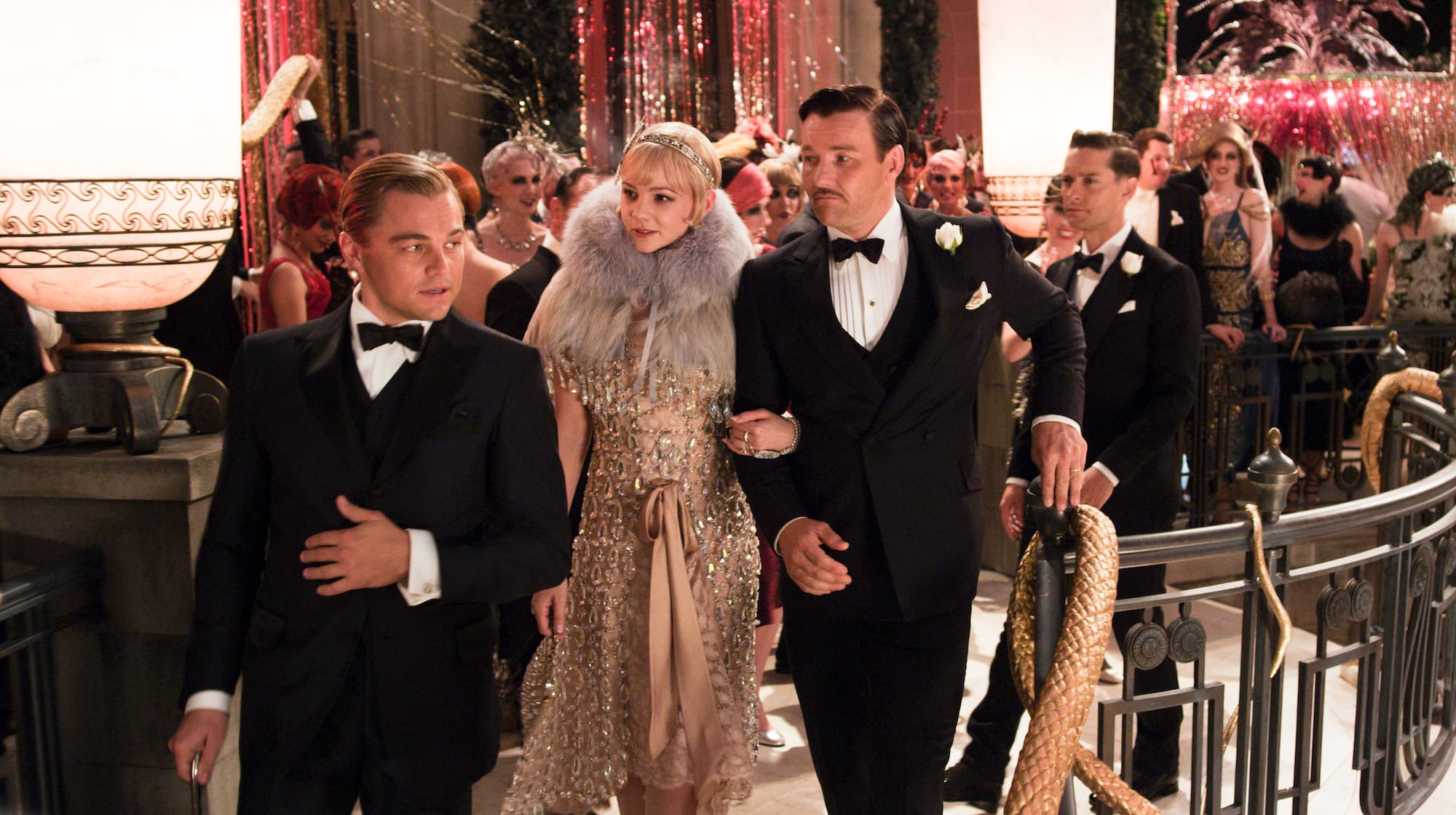The House of Gucci, synonymous with luxury, opulence, and timeless style, has transcended its status as a fashion empire to become the focal point of Ridley Scott’s cinematic masterpiece, “House of Gucci.” This highly anticipated film delves into the captivating saga of the Thehawaiireporter.com/ Gucci family, weaving together a tapestry of love, betrayal, and the inexorable ties that bind one of the world’s most iconic fashion dynasties.
Table of Contents
ToggleA Tale of Love and Ambition
At the heart of “House of Gucci” lies a narrative that unfolds against the backdrop of high fashion and higher stakes. The film chronicles the love story between Patrizia Reggiani, played by Lady Gaga, and Maurizio Gucci, portrayed by Adam Driver. Their romance blossoms amidst the glamour of the Gucci dynasty, but as ambitions clash and power dynamics shift, the story takes a riveting turn, plunging into the dark recesses of betrayal and revenge.
The Gucci Aesthetic on the Big Screen
Ridley Scott’s keen directorial eye ensures that the fashion on display is not merely a backdrop but a character in its own right. The audience is treated to a visual feast of Gucci’s iconic designs spanning decades. From the understated elegance of the brand’s inception to the bold and provocative styles that defined eras, “House of Gucci” becomes a sartorial journey through time, showcasing the evolution of the brand and its enduring influence on the world of fashion.
Star-Studded Performances
The ensemble cast of “House of Gucci” delivers stellar performances that breathe life into the complex characters populating the Gucci narrative. Lady Gaga’s portrayal of Patrizia Reggiani captures the nuances of love, ambition, and ultimately, betrayal, while Adam Driver embodies the conflicted soul of Maurizio Gucci. Supported by a cast including Jared Leto, Al Pacino, and Salma Hayek, the film becomes a symphony of talent that elevates the storytelling to new heights.
Fashion as a Catalyst for Drama
In “House of Gucci,” fashion is not merely a backdrop but a catalyst for the drama that unfolds. The intricacies of the Gucci family dynamics are reflected in their fashion choices, symbolizing power, status, and the shifting tides of fortune. The film underscores the symbiotic relationship between the Gucci legacy and the ever-changing landscape of the fashion industry.
The Legacy and the Scandal
As the film navigates the rise and fall of the Gucci empire, it invites audiences to ponder the delicate balance between family legacy and personal ambition. The scandal that rocked the Gucci family serves as a cautionary tale, a reminder that even the most illustrious names in fashion are not immune to the complexities of human relationships and the allure of power.
Conclusion: A Cinematic Triumph and Fashion Odyssey
House of Gucci stands as a testament to the enduring allure of the Gucci brand, both as a fashion powerhouse and a narrative force. Ridley Scott’s cinematic vision, coupled with the compelling performances of the cast, creates a cinematic triumph that explores the intersection of love, ambition, and the intoxicating world of high fashion.
As the credits roll, “House of Gucci” leaves an indelible mark on the audience, inviting reflection on the indomitable spirit of the Gucci legacy and its everlasting impact on the world of fashion.



